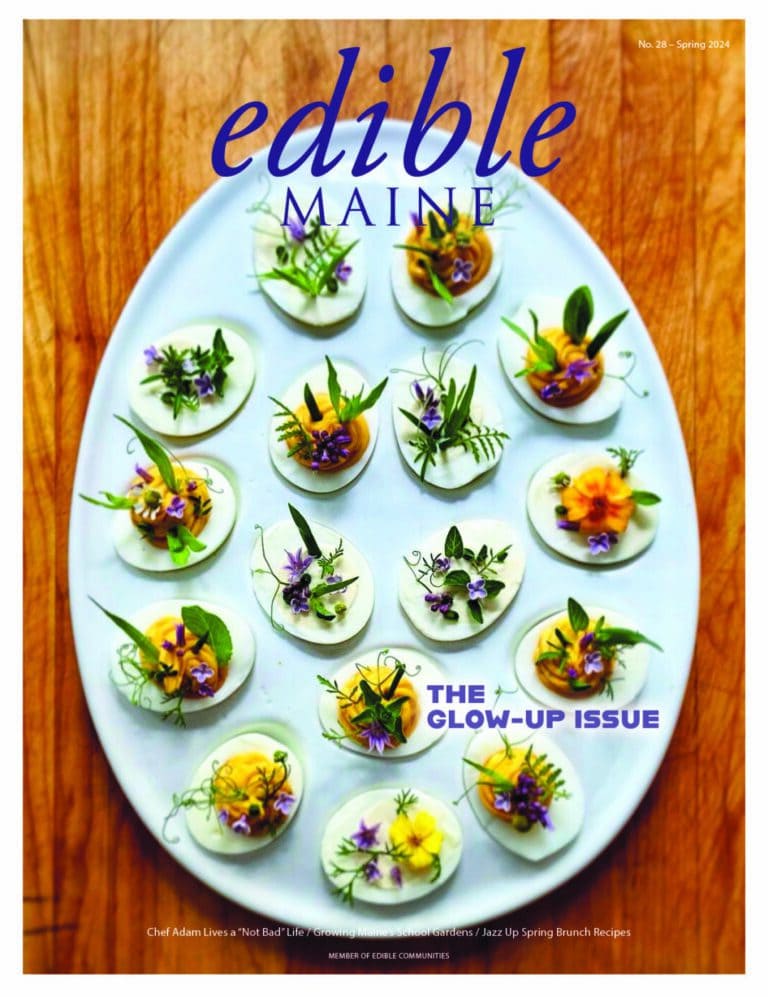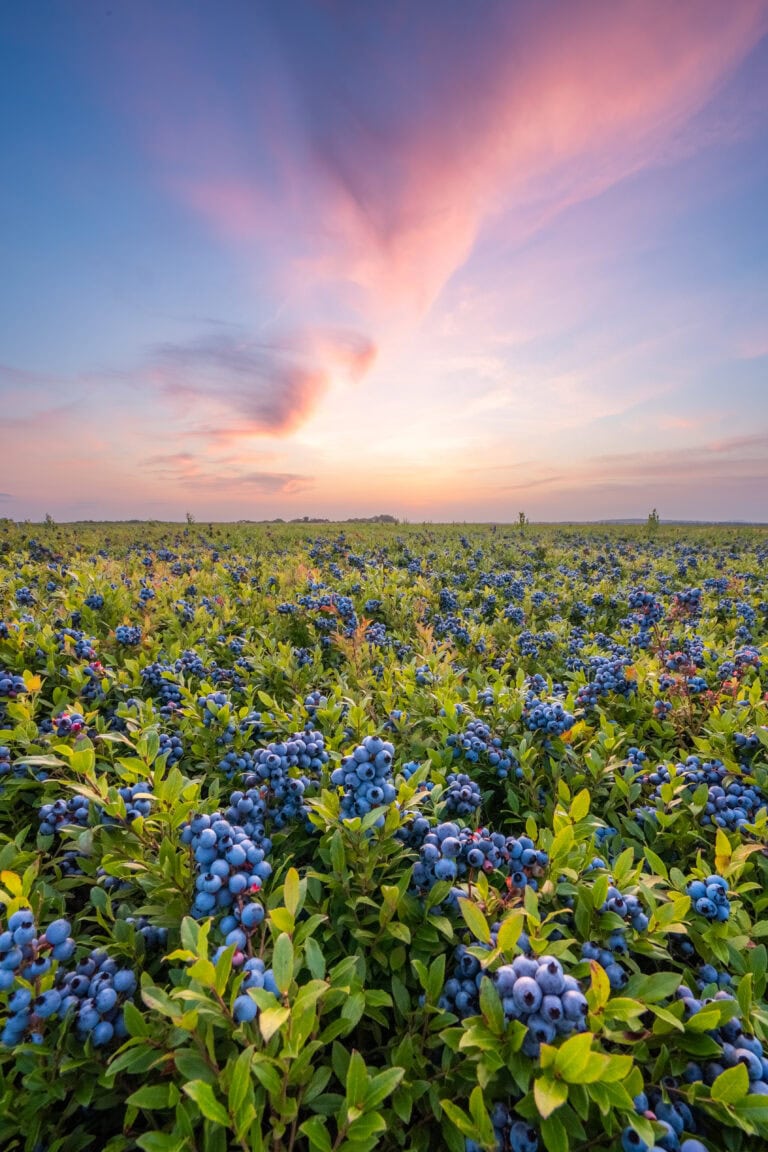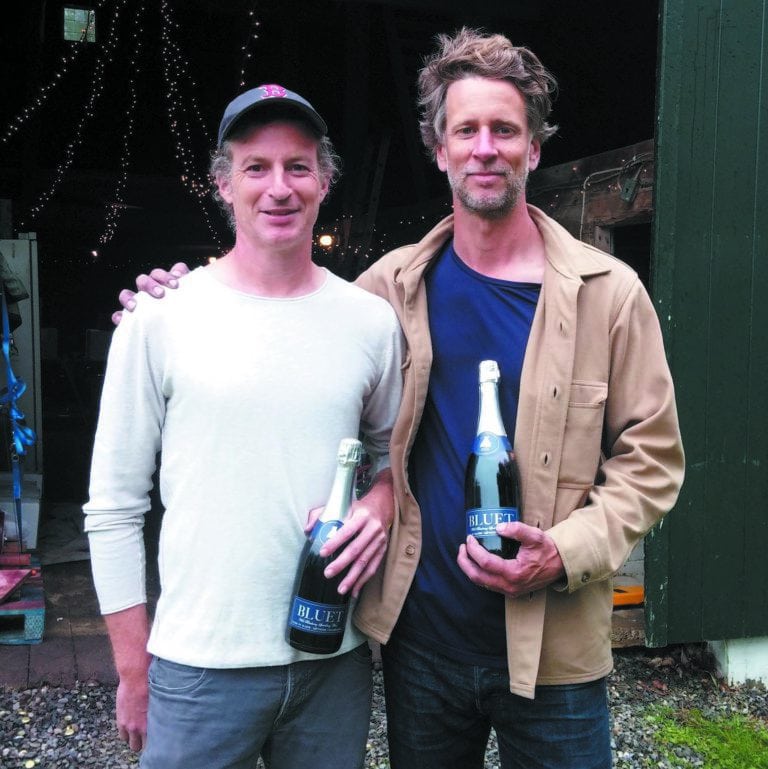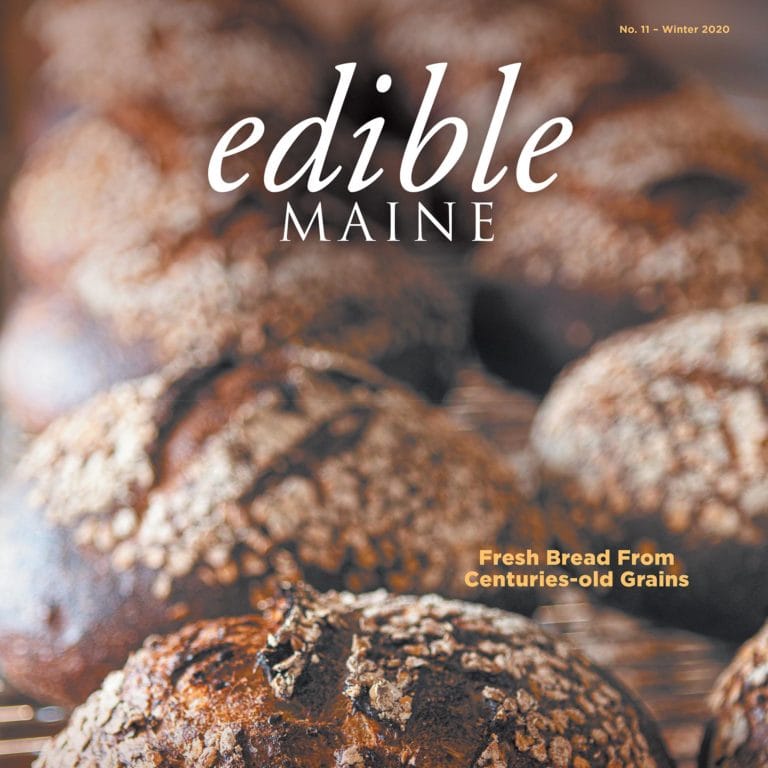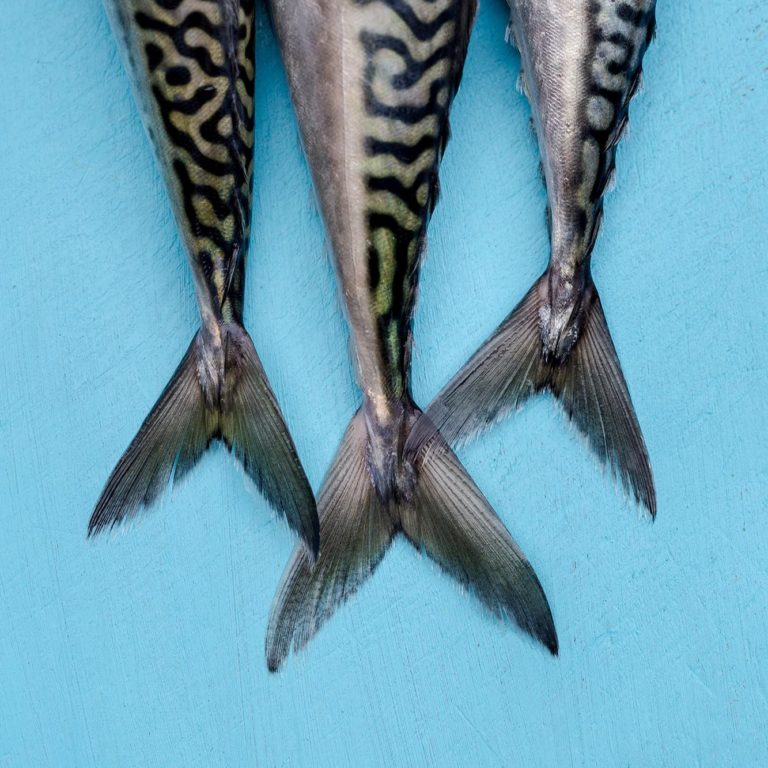If you like local food, you should love the University of Maine Cooperative Extension. It touches over 5,000 food-based operations in Maine annually. With the help of 5,000 volunteers, it offers hands-on help with everything from pest management practices for wild blueberry farmers to food packaging advice for new salsa makers. And it works to make connections between pressing issues, like food insecurity and surplus food production, or hard science and environmental stewardship.
Cooperative Extensions operate nationwide thanks to a 100-year-old partnership between the USDA and state-based, land-grant universities like the University of Maine, which is home to the largest extension service in New England. Extensions push the reach of faculty research about agriculture, food safety, and business practices out to rural communities and into urban settings via informal learning opportunities.
Well-known initiatives include scientific, technical, and marketing services to the potato, blueberry, and maple industries; the Master Gardener and Master Food Preserver programs; and 4-H collaborations that teach middle and high school students traditional and new-fangled approaches to farming. Lesser-known programs match gardeners with hungry families, give students with disabilities opportunities to explore aquaculture, and use camera sensors to reduce weed pressure for organic wheat farmers.
Dr. Hannah Carter, dean of U-Maine’s Cooperative Extension, says the goal of each interpersonal interaction is to create positive change in the lives of the learners. When coronavirus measures were enacted here, all programming went online.
Waldoboro cheesemaker Allison Lakin, prompted by an 85% drop in business when Maine restaurants shuttered in March, created a spreadsheet listing how and where individual buyers could acquire her award-winning cheese—inviting fellow farmers, fishermen, and food producers to add to it. As the posted spreadsheet grew rapidly, Cooperative Extension staff stepped in with logistical and technical assistance. At press time, the Maine Farm and Seafood Products Directory listed over 400 producers and had been accessed by over 100,000 potential customers.
“A farmer called to encourage us to maintain [the directory] after the pandemic passes because he was seeing more local support than he had ever seen before,” says Carter.
Is Maine’s local food system up to the challenge of filling in the holes in the national food system made obvious by the pandemic? Carter says the conditions for agricultural growth in Maine amount to a perfect storm. “I mean that in a good way. There is affordable land, folks who are interested in farming, and a proven market.”
And, of course, a vibrant Cooperative Extension organization to help at every turn in the road.







